[2023] Best 8 Open Source AI Chatbot Software for Developers
Whether you run a local startup or a multi-national company, having a reliable chatbot framework can boost efficiency. As a result, the number of chatbot platforms in the market is countless. As good as it sounds, this also makes it somewhat tedious to shortlist the best open-source chatbot for your needs.
But nothing to worry about. We have scoured the internet and shortlisted the most efficient open-source AI chatbot platforms in 2023. Take a look at their key features, pros, and cons to decide what's best for you.
In addition, we will also talk about how to build your very own chatbot using a professional tool – ChatInsight. Let's dive in!
What Is Open Source Chatbot?
A chatbot is typically a messaging app that stimulates a conversation with humans over the internet. In today's digital age, we all have interacted with these chatbots at some level. For instance, when you open a website and an automatic messaging interface pops up, that answers all your queries. That is a chatbot.
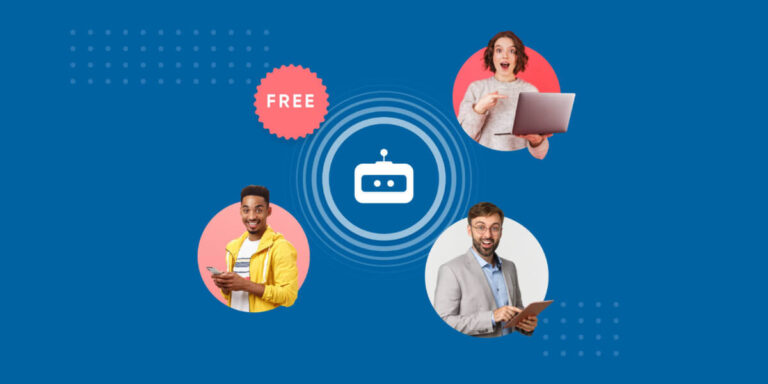
Consider them as a ready-to-use solution to speed up your repetitive tasks or serve customers better. And an open-source chatbot framework means that the original code for the program is available for free. Depending on the specific business needs, users can modify and tweak the code as they want.
Why Choose Open Source Chatbot? Is it Better than Non-Open-Source Tool?
For an open-source chatbot, the source code is available to the public. This gives owners more flexibility and customization options to improve the code according to their needs.
Also, it leads to greater transparency and control as developers can improve the software quality by learning from others. And more importantly, an open-source chatbot lets you experiment with the program before you go ahead with it.
Contrarily, a non-open-source or proprietary chatbot is developed by a specific company that doesn't give the source code. They do offer a professional support team along with other utilities. But you have to rely on the company's resources and tools to build and maintain your chatbot. It is more often a huge deal breaker for most business owners.
The Best 8 Open Source Chatbot in 2023
Coming to the main part, this section is going to present the top-ranked open-source conversational AI software. Take a look.
1. Microsoft Bot Framework
Pricing: Free for Standard channels. Premium plan: $0.5/1000 messages after 10,000 messages per month.
Verdict: It supports active learning and can gather important information by asking pre-set questions.
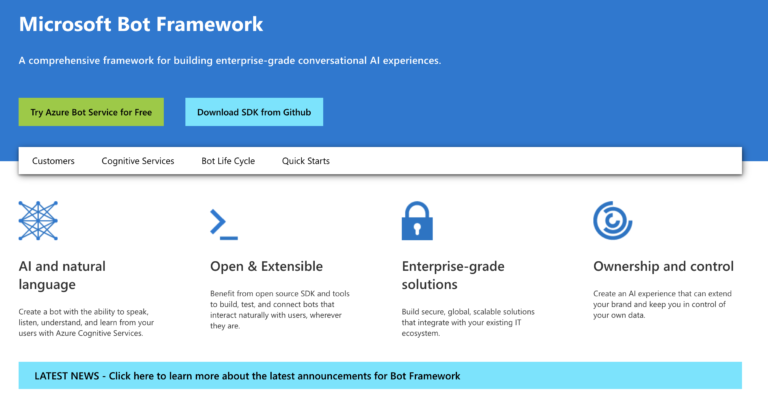
Also known as the Azure bot framework, it allows users to build their chatbots for their business. The framework includes active learning and multi-language support to connect and communicate with your audience.
It's best suited for the developers as the framework is primarily code-driven. You must know the basics of programming to run this code.
Pros
- Easily integrates with tools like Cortana, Microsoft Cognitive Services, and more.
- Active learning support
- The developers can design the conversation flow for their chatbots.
Cons
- Steep learning curve
2. Rasa
Pricing: Available for free but also provides custom pricing.
Verdict: It is an amazing platform that has all the necessary tools you need to build, develop, and improve AI assistants. It is particularly good for building contextual chatbots.
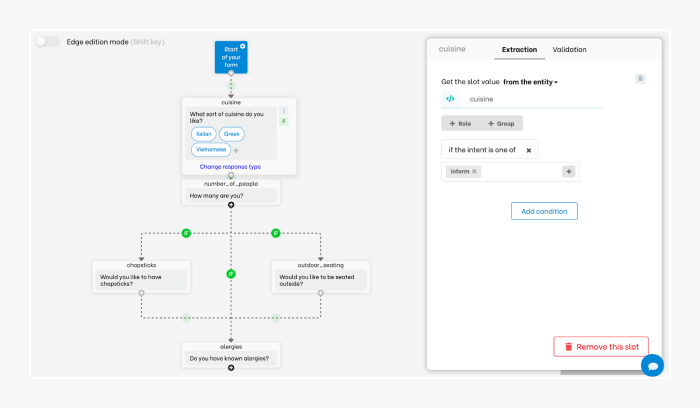
Another powerful conversational chatbot that can automate both text-based and voice-based conversations. Made of Rasa NLU and Rasa Core, it offers advanced functions like support for synonyms and hyponyms. Because of this, you don't have to train the bots for every single variation with Rasa open-source chatbot.
Pros
- Make personalized chatbots.
- Multiple pipelines for production, development, and staging.
- Provides analytic data to boost efficiency.
Cons
- The chatbots consume a lot of resources.
- It requires a deep understanding of Python language and NLP/
3. Wit.ai
Pricing: Free
Verdict: It has a powerful NLP engine, making it the best choice for business owners who love to code in different languages.
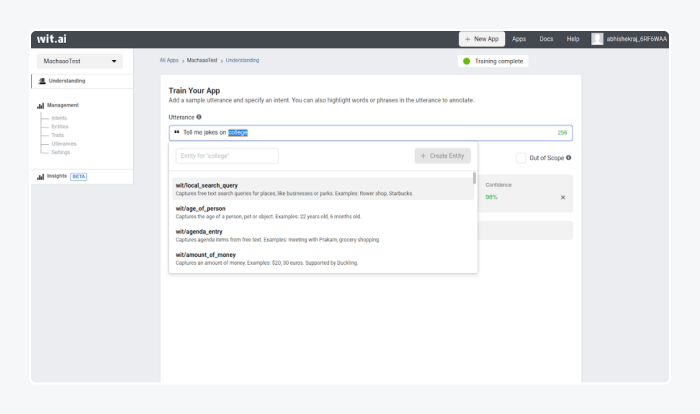
This tech giant was owned by Facebook in 2015. Since then, it has been a go-to open-source conversational AI for many businesses. Wit.ai comes loaded with voice-control features, multilingual support, and quick integration with other channels. For many users, its NLP engine is even better than Microsoft and Amazon.
Pros
- Supports a staggering 132 languages.
- Easily integrate with Messenger.
- Powerful NLP engine
- Its SDK is available in multiple coding languages.
Cons
- Requires complicated and tedious training and implementation.
4. BotPress
Pricing: It has a free version and also offers custom premium plans to businesses.
Verdict: The platform is particularly useful as it gives actional chatbot analytics. Plus, you can use advanced permissions for anyone to edit the bot as well.
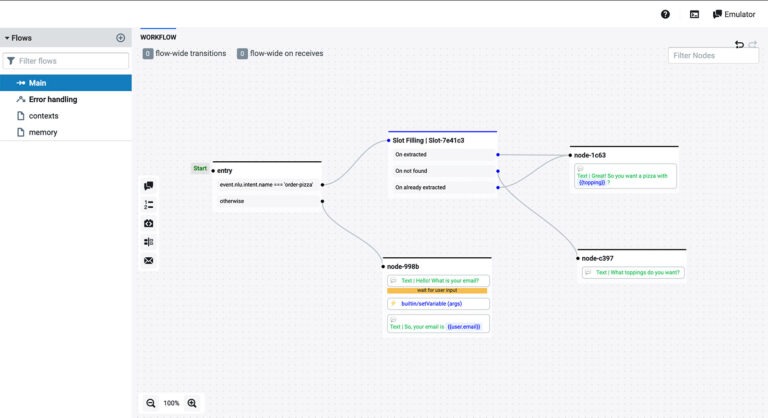
Want a perfect wit.ai chatbot open-source alternative that gives you accurate analytics to constantly improve the results? Try BotPress which offers advanced modular architecture. Now, you can build different bots in modules that function independently.
If you have a large enterprise, get its paid version to access the advanced features like analytics and reporting and human-in-the-loop. Get its open-source chatbot code on GitHub here.
Pros
- Users can give advanced permissions.
- Provides clear and accurate analytics to take necessary actions.
- Users can build bots and deploy them on their servers.
Cons
- Fewer features apart from action-based bots and analytics.
5. DialogFlow
Pricing: Offers a trial period. Then, you have to pay: Text- $0.007/request and Audio input/output- $0.06 per minute.
Verdict: A remarkable chatbot to integrate with your business-specific platforms.
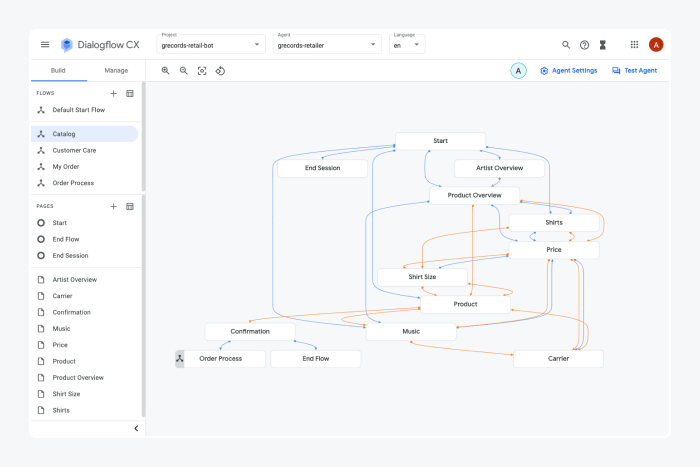
If you want to create friendly conversations or voice-based chatbot interfaces, this is the right tool for you. As the platform is powered by Google's machine learning, you can easily connect with users on Messenger, Alexa, Google Assistant, and so on. Plus, DialogFlow boasts multilingual support, IoT integration, and offering SDKs for over a dozen platforms.
Pros
- Offers efficient text-based and voice-based AI assistants.
- Provides SDKs for many popular platforms + supports 20 languages.
- Supports Internet of Things (IoT) integration
Cons
- This chatbot doesn't offer any live customer support service.
6. BotKit
Pricing: Free
Verdict: Its extensive documentation and friendly guideline make it very easy to learn this chatbot. In addition, it offers many integrations that you can employ for your business needs.

Microsoft acquired this open-source AI chatbot in 2018 and improved its functionality to a great extent. The fact that it provides comprehensive documentation on how to develop and tweak it makes it a popular choice for developers. And more, BotKit has a tech-savvy community of 10,000+ members that you can consult when facing problems.
Pros
- Friendly interface.
- Supports a lot of platforms.
- Built-in content management and analytics.
Cons
- It doesn't have a built-in NLP.
7. Chatterbot
Pricing: Free to use. $37 for the front end.
Verdict: It is a Python-based chatbot, making it an ideal choice for Python users. You can easily import its chatbot library to your Python projects.
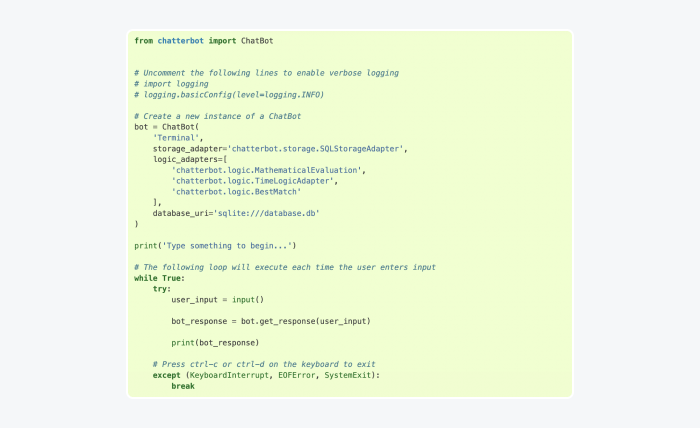
This open-source chatbot is driven by machine learning technology and can respond to multiple languages. Also, the developer can modify the code for any desired language or match their business needs.
Pros
- The more the input, the better and more accurate the output.
- Supports all languages.
- It has built-in automation features.
- It can easily be edited, modified, and customized.
Cons
- Use it if you have deep Python language skills.
8. Amazon Lex Framework
Pricing: The price depends on the total number of requests.
Verdict: It can convert both audio into text and text into audio, making it an attractive option for businesses.
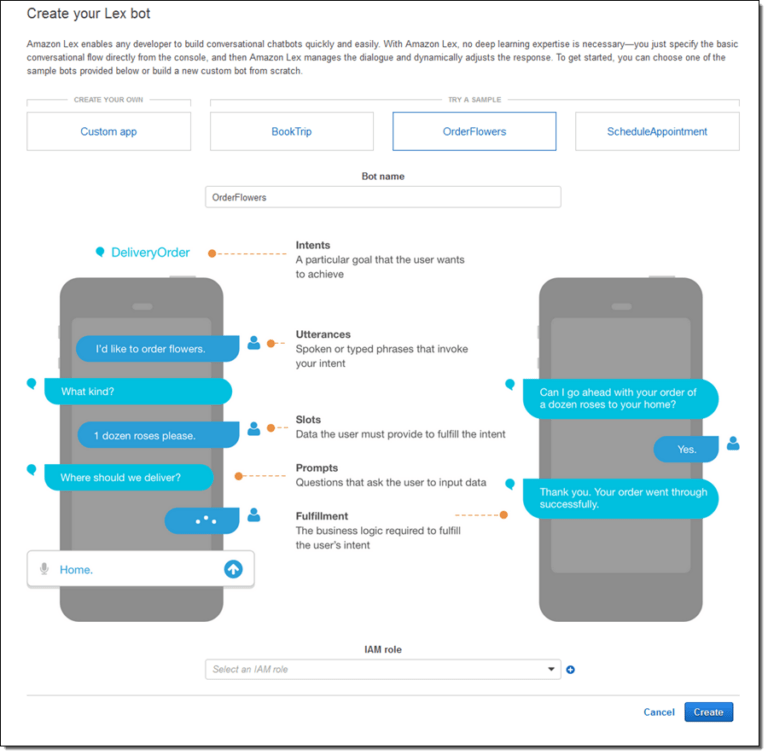
A fully-managed open source AI chatbot to build a conversational interface into any app you want. It relies on advanced Amazon technologies to provide the best output to users. For instance, it uses Amazon Cognito to detect whether a user is the same as who they are claiming to be. Then, the audio is converted into text to recognize the speech.
All this indicates Amazon Lex can be a handy self-hosted chatbot for your business's landscape.
Pros
- Comes loaded with automatic self-scaling capabilities.
- Easy integrations with Messenger, Kik, Slack, and so on.
- Accurate speech recognition.
- Use it on multiple platforms with a single click.
Cons
- Supports the English language only.
What to Look For in the Best Open-Source Chatbot
Now that you know about the best open-source chatbot software out there, the next step is to help you choose the best. Here are the five key factors that you need to consider when comparing and choosing an open-source chatbot:
1. Look for Relevant Manuals
Each chatbot is built differently. To use it efficiently, you must have access to resources like how to set it up, use it, modify it, and update the code. Without this knowledge, it can get difficult to make the most of the software.
2. Compare Prices
While open-source chatbot software is free but mostly, companies charge you for hosting the chatbots on their servers. Check out the price you need to pay for text and media input and evaluate if it matches your budget.
3. Go Through Features and Major Cons
Probably the most crucial factor. Go through the key features and functionalities of the chatbot and how they can come in handy for your company. Make sure the program offers all the utilities that you are looking for. Keep in mind that you can also add the code for many features yourself.
4. Match Your Coding Language
Make sure that the chatbot you prefer should fit well the coding language you're already using for your business. If the technology of your open-source AI chatbot is not the same, the cost of training, experimentation, and implementation all adds up.
5. Prioritize Ease of Use
Not everyone is tech-savvy. Always go for the chatbot that is easy to handle and use. Often, open-source chatbot software has a steep learning curve. Be sure you understand the whole procedure to avoid facing technical issues now and then.
Which Open Source Chatbots Are the Easiest to Set-Up and Use?
Based on the above information, the preferred list of the simplest open-source chatbot software includes:
- Microsoft bot Framework
- Rasa
- Wit.ai
- BotPress
- DialogFlow
- BotKit
Bonus: Build Your Own Conversational Chatbot with Ease
If you're looking to create a chatbot without any programming knowledge, ChatInsight could be a valuable tool for you. It's designed to streamline the process of developing a chatbot using intuitive, user-friendly interfaces and pre-built templates that simplify the creation and management of your bot.
ChatInsight is an advanced AI-powered chatbot designed to assist users with a wide range of queries, from providing information and advice to engaging in casual conversation. Built on the latest AI technology, ChatInsight can understand and process natural language, making it easy for users to interact using everyday language. The chatbot continuously learns from interactions to improve its responses and provide more relevant and personalized assistance over time.
Final Remarks
And that's all for today. Now, the decision is yours to make which open-source chatbot software you would love to try. Just be sure to understand your business or company's unique systems and requirements and choose a relevant tool accordingly. And if you ever want to build your own chatbot, use the all-powerful ChatInsight. Whether you want to communicate with your clients, take leads, troubleshoot issues, or automate tasks, it helps you achieve all that. Feel free to ask any questions.
FAQs
- Microsoft bot Framework
- Rasa
- Wit.ai
- WordPress
- DialogFlow
- BotKit
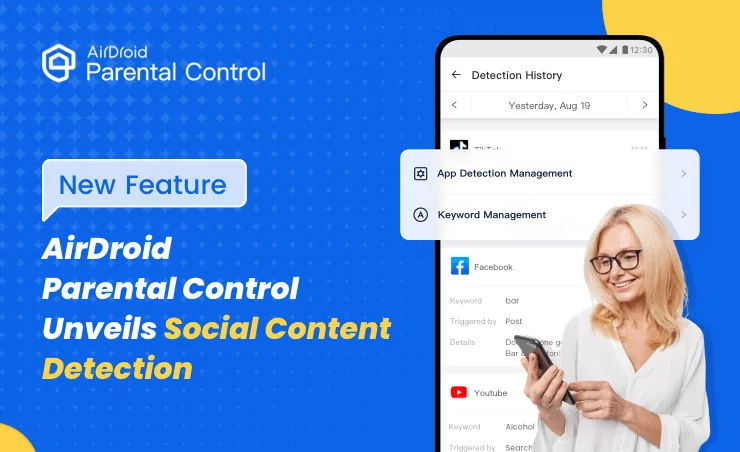
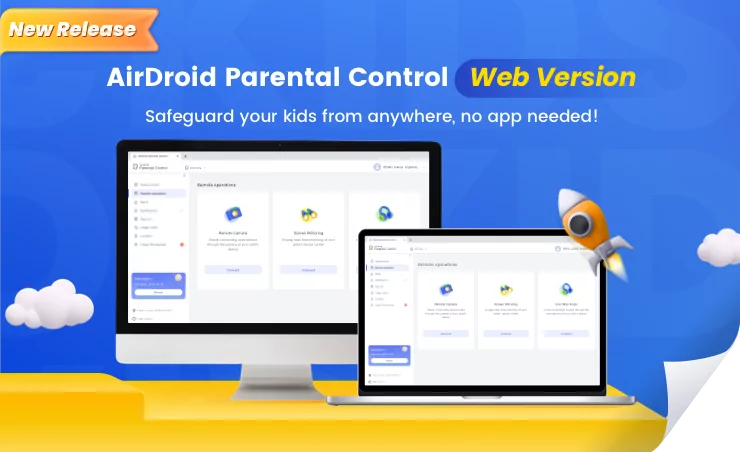
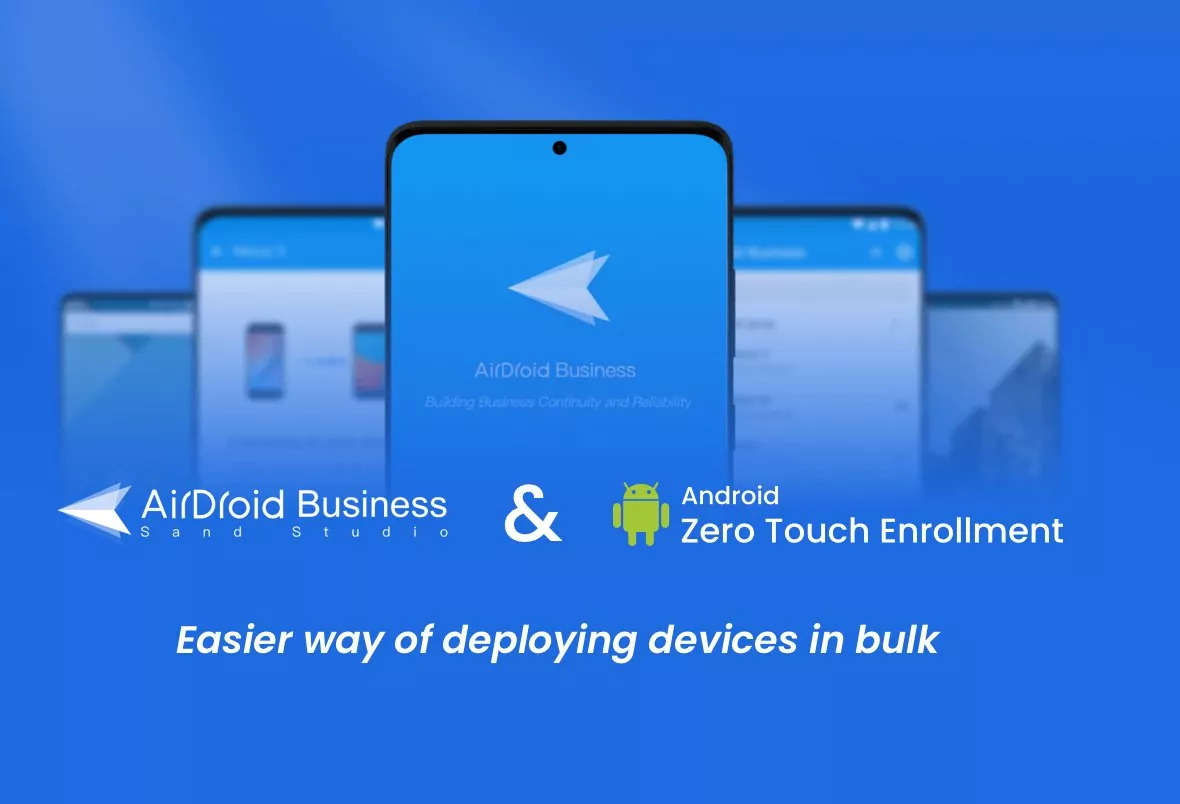
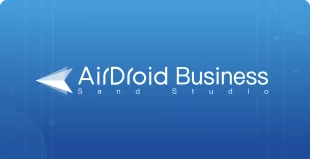
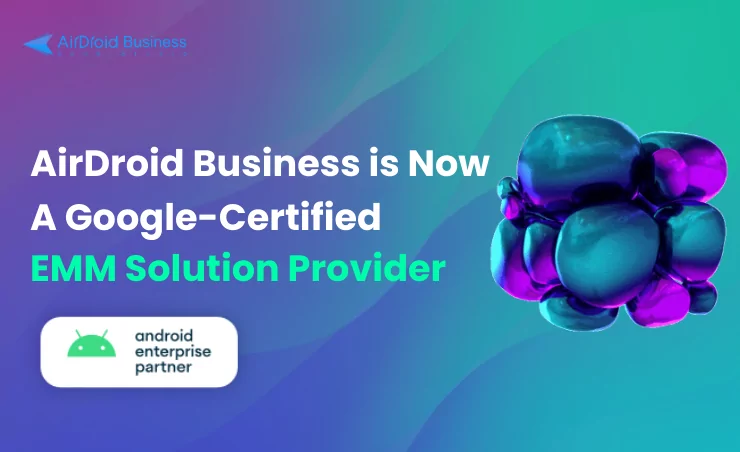
Leave a Reply.